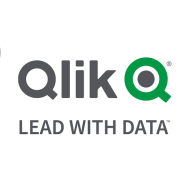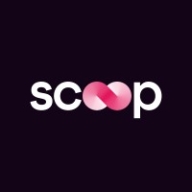

Qlik Analytics Platform and Scoop Analytics are competing in the analytics space. Qlik has an edge in pricing and support, while Scoop offers better features.
Features: Qlik Analytics Platform provides robust data processing capabilities, highly interactive dashboards, and depth in data exploration. Scoop Analytics offers intuitive visualization tools, real-time data insights, and a user-centric design.
Ease of Deployment and Customer Service: Scoop Analytics has a streamlined deployment model focused on user-friendliness with responsive customer service. Qlik Analytics Platform offers comprehensive support and a detailed deployment process for larger, technical implementations.
Pricing and ROI: Scoop Analytics generally has a lower setup cost with rapid implementation and competitive pricing, leading to a faster ROI. Qlik Analytics Platform may have higher upfront costs due to extensive features, offering ROI for organizations seeking deeper analysis capabilities.

Part of the Qlik Sense family of products, the Qlik Analytics Platform puts the power of the Qlik Associative Engine and visualizations in the hands of application and web developers through powerful, open and modern API’s, allowing you to see the whole story within your data.
Scoop Analytics offers data-driven insights empowering businesses to make informed decisions, optimize operations, and achieve growth. Its capabilities enhance data analysis, providing crucial information for strategic planning and operational efficiency.
Scoop Analytics enhances decision-making by leveraging cutting-edge data processing and analysis methodologies. It is tailored for professionals seeking to transform raw data into actionable intelligence, streamlining complex datasets into intuitive, meaningful reports. This makes it an essential asset for businesses aiming to harness data effectively. Integration with existing systems is seamless, ensuring rapid deployment and minimal downtime.
What are the most important features of Scoop Analytics?Scoop Analytics is implemented across sectors such as retail, finance, and healthcare. In retail, it optimizes inventory management by analyzing consumer trends. Financial institutions use it for risk analysis. Healthcare applications include patient data analysis for improved care outcomes, demonstrating versatility.
We monitor all Data Visualization reviews to prevent fraudulent reviews and keep review quality high. We do not post reviews by company employees or direct competitors. We validate each review for authenticity via cross-reference with LinkedIn, and personal follow-up with the reviewer when necessary.